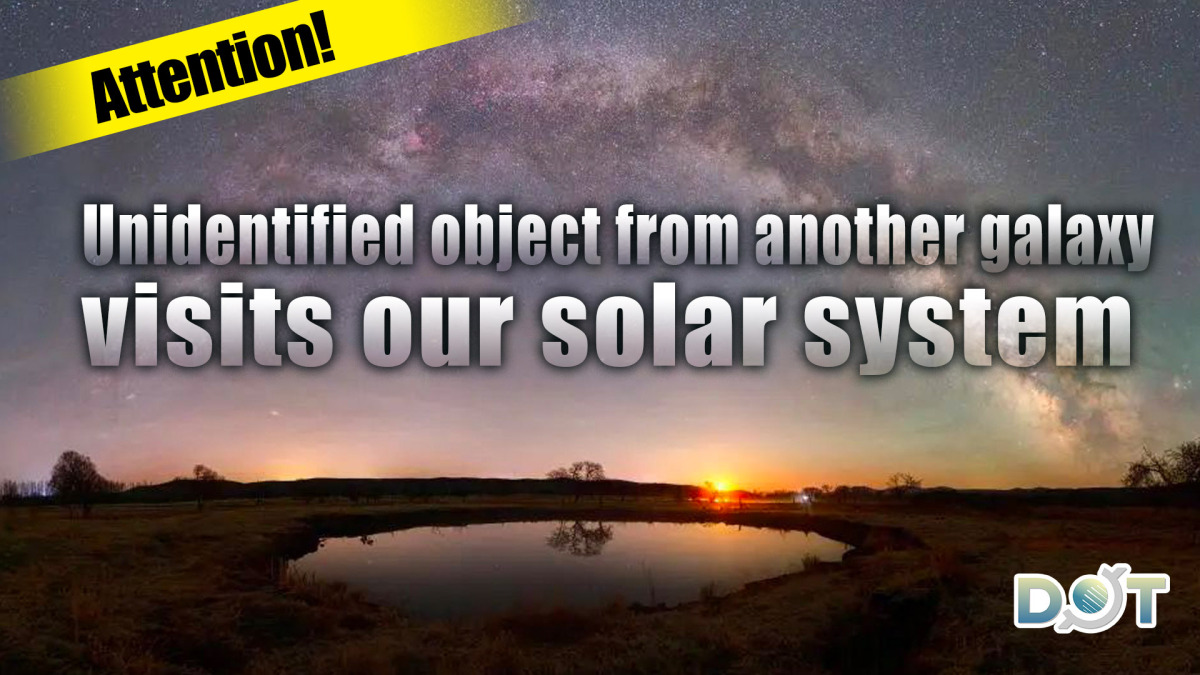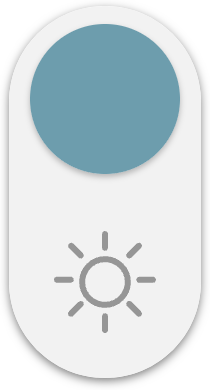
A seemingly asteroid-like unidentified object has recently drawn the attention of astronomers from multiple countries. On July 2, the European Space Agency announced that this object may originate from another galaxy, marking it as the third known "interstellar visitor" to enter our solar system.
According to a report by the New York Times on July 2, the exoplanetary object, designated A11pI3Z, is currently situated between the asteroid belt and Jupiter, several hundred million kilometers from Earth. Even at its closest point to the Sun last October, it remained beyond Mars' orbit, positioned on opposite sides of the Sun relative to Earth, so there is no concern of a collision.
Researchers are currently unable to determine whether this "interstellar visitor" is a rocky asteroid or a comet composed of rock, ice, and dust. Its shape and size remain unknown.
Josep-Trigo Rodriguez, an astrophysicist at Spain's Institute of Space Sciences, noted that A11pI3Z has a peculiar trajectory and a very high speed, suggesting it likely comes from another galaxy. Rodriguez estimates its width to be around 40 kilometers. Meanwhile, astrophysicist Avi Loeb from Harvard University speculates it could be about 19 kilometers wide, which would be considered large for an object traveling between different galaxies.
The first known "interstellar visitor" to our solar system is the cigar-shaped object "Oumuamua," discovered in October 2017, measuring approximately 400 meters at its longest point. Loeb stated that if A11pI3Z is confirmed to be 19 kilometers wide, its mass would be 10 million times that of "Oumuamua." Initially thought to be an asteroid, subsequent analyses of "Oumuamua" indicated it was a comet. The second known interstellar visitor, 21/Borisov, discovered in 2019, has been analyzed as a comet visiting our solar system.
Related News:
Japan ispace confirms lunar landing failure after loss of communication




















Comment